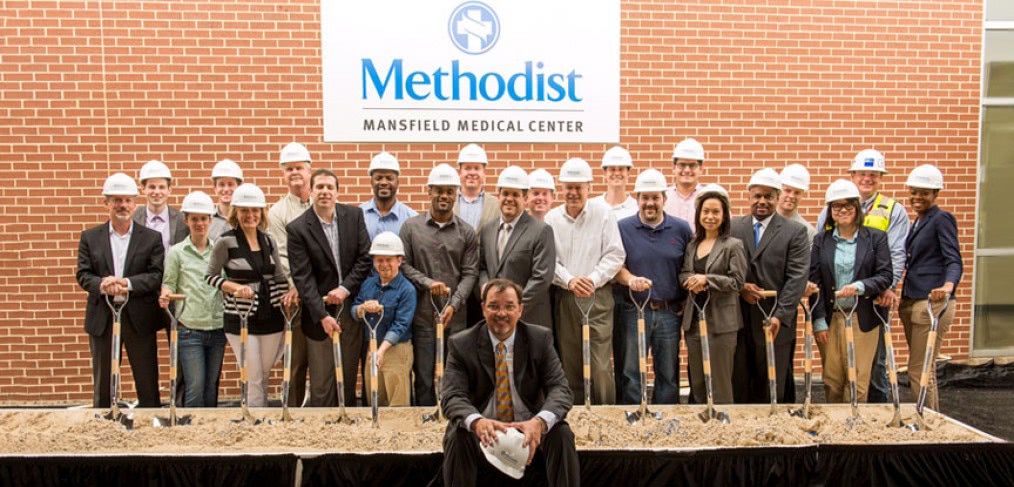
Radical Collaboration
Chris Brandle discusses how his team revolutionized the routine concept of collaboration in designing the Methodist Mansfield Medical Center in Dallas
Almost every company in the world talks about collaboration; why it’s important, how well they do it and how it makes them better. But in the real world, how do you ensure that collaboration works consistently? How do you take collaboration to the next level within individual teams and between stakeholders? How can you make collaboration innovative again in the design process? On the Methodist Mansfield Medical Center, we did just that. The result was that all our stakeholders, from Methodist Health System (MHS) and the CallisonRTKL design team to the MEP engineer and the construction team, were invested in each other and the final product long after final documents were issued.
But how did we do it? The topline answer is that we implemented solid, pervasive collaboration principles from the very beginning. At the beginning of the project, I understood each element individually, but it took time to see just how successful they were as a whole.
Request for Collaboration
Unlike a traditional Request for Proposal, MHS and CallisonRTKL co-authored a Request for Collaboration (RFC), which allowed us to evaluate talent, attitude and team chemistry when selecting a construction partner, MEP and electrical contractors. The process finished up with a “team covenant” that all the project partners signed, detailing rules for decision making, listening, communication, and work/life balance.
Pull Planning and Whiteboard Sessions
From the RFC process to the ribbon-cutting, the team had pull planning sessions throughout the project to develop a document delivery schedule that matched the complicated sequence of construction and renovation. This was one of the best ways we found to save time and resources because the in-person communication reduced RFIs and increased transparency substantially compared to other projects of this scale.
Performance Surveys
To keep the team on a path of continual improvement, we all completed monthly performance surveys. The surveys provided awareness of developing situations, verified team unity, and gave all team members the ability to share honest, anonymous comments. Each month a small core group of team members were engaged to review the surveys, evaluate the comments and take corrective action when necessary.
Team Building
Camaraderie is one of the most important aspects in a high-performance team. The team building events and retreats on Mansfield allowed for an environment of trust, provided a venue for open and honest communication, and strengthened relationships. As part of these team building events, we reached out to the greater community that Methodist Mansfield serves with canned food drives, sponsoring 5K runs, and participating in the annual City of Mansfield Christmas parade.
Incentive Plans
Finally, we implemented a risk/reward incentive plan. The plan, an agreement between MHS, the contractor, CallisonRTKL, and the MEP/electrical sub-contractors, outlined performance based upon five key pillars – collaboration, satisfaction, quality, schedule and safety. Evaluation of each pillar was conducted through a series of surveys, which were given to shareholders at the hospital, including the Chief Nursing Officer, Director of Facilities, and Methodist Mansfield’s President.
Beyond the pleasure of delivering a successful project to the Mansfield community, I’ve learned that some of the most valuable things cannot be quantified on a drawing or written into a specification. When team members seek to build trust, hold true to commitments, ask for honest feedback, and are accountable to one another, we create more than just a building; we create strong, lasting relationships and an innovative way to serve our client.
